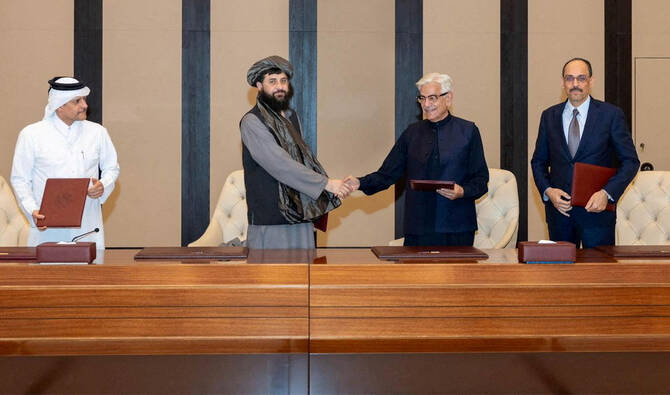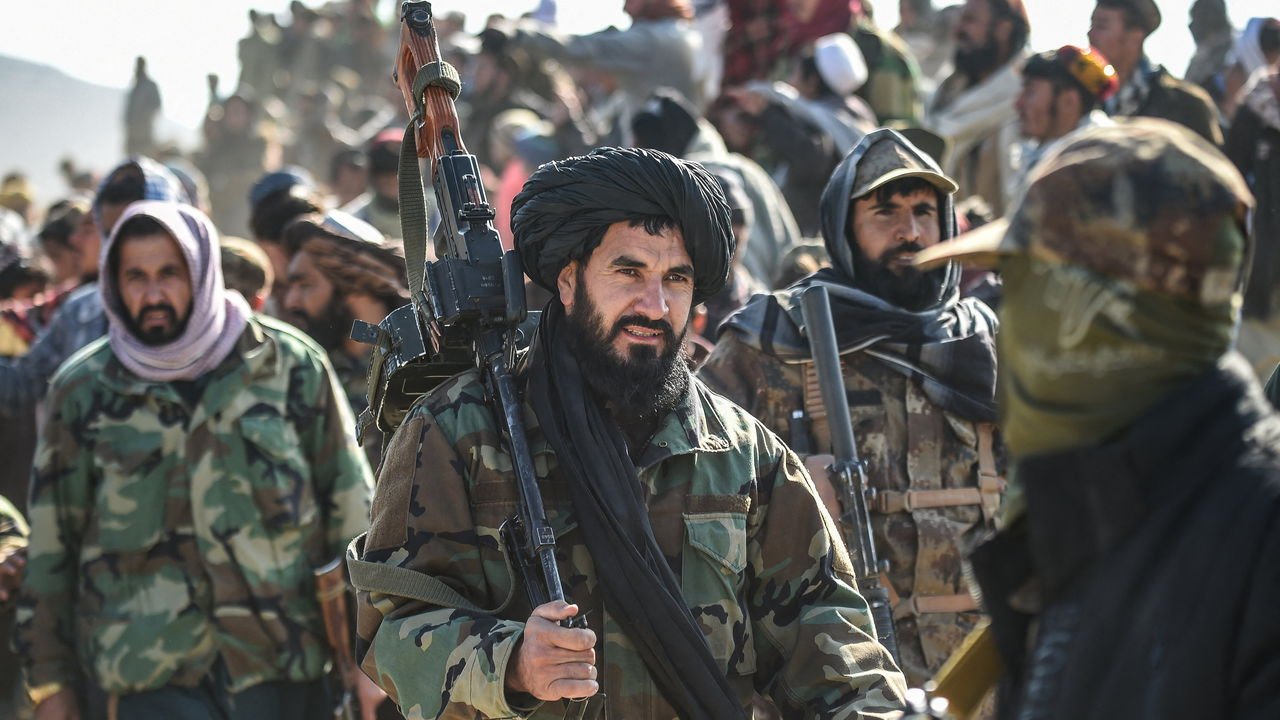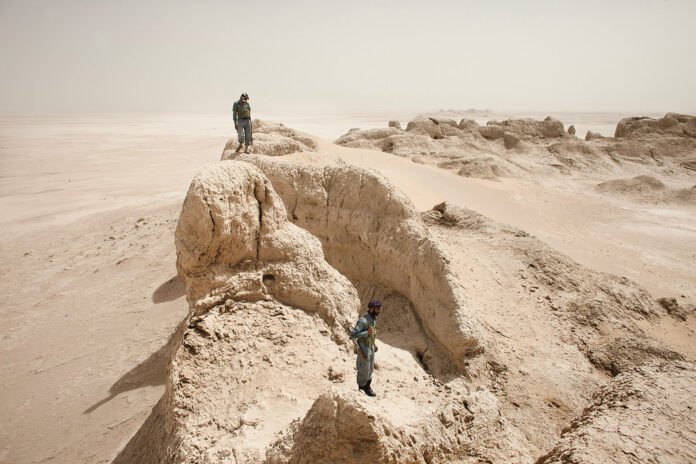In South and Central Asia, the border between Afghanistan and Pakistan is not merely a physical frontier. It is a fault line of history, identity, and geopolitics, one that has shaped the fates of empires and continues to this day. The year 2025 finds both countries at a delicate crossroads, navigating shifting alliances, resurging militancy, economic despair, and the consequences of global power competition that has once again returned to the Asian heartlands.
For Pakistan, Afghanistan is not an abstract foreign policy question. It is immediate, personal, and existential, a relationship important for trade and migration. For Afghanistan, Pakistan is both a critical lifeline and a deeply contested partner. The interdependence is undeniable, yet so are the tensions. And in a world increasingly polarized between the United States and China, their shared geography has never felt more geopolitically consequential.
Recently, this ancient frontier has once again become the stage of a simmering conflict. In the past months, Pakistan and Afghanistan have exchanged artillery fire, airstrikes, and retaliatory operations across this rugged boundary, followed by the abrupt closure of the Torkham and Chaman crossings, which serve as vital channels for trade and for families who have, for generations, lived divided yet connected across the border.
Pakistan and Afghanistan have exchanged artillery fire, airstrikes, and retaliatory operations across this rugged boundary
Conflict, Militancy, and Divergent Security Narratives
The current escalation has underpinned Pakistan’s longstanding grievance that militant networks, particularly the Tehrik-e-Taliban Pakistan (TTP), continue to find operational space inside Afghanistan. For Pakistan, this is not a hypothetical concern. The TTP has been responsible for a deadly suicide bombing at a police training center that killed 23 officers. In response, Pakistan carried out airstrikes targeting what it identified as TTP strongholds in Kabul and Kandahar areas believed to be close to the Taliban leadership, including the reclusive Amir Hibatullah Akhundzada. These strikes marked a significant intensification of Pakistan’s military posture and underscored the growing volatility along the border.
The return of the Taliban to power in Kabul in 2021 raised early hopes in Pakistan that ideological proximity and historical ties might create a basis for security cooperation. Instead, Pakistan has seen a gradual resurgence of attacks traced back to Afghan soil, leading to growing frustration in Islamabad and ultimately military responses that Afghanistan has deemed violations of its sovereignty.
Pakistan is also alarmed by the Taliban’s strengthening ties with India, highlighted by the warm reception given to Taliban Foreign Minister Amir Khan Muttaqi in New Delhi. To counter this shift, Pakistan’s military and intelligence agencies have adopted a coercive strategy, which includes mass deportations of Afghan refugees and targeted cross-border strikes against militant groups inside Afghanistan. These moves reflect Islamabad’s effort to reassert influence as the regional balance shifts.
Kabul, however, frames the situation differently. The Taliban government argues that Afghanistan has inherited a fractured and volatile security landscape after decades of war and the collapse of state institutions. They reject accusations of deliberately aiding the TTP and insist that Pakistan’s internal fault lines and previous strategic entanglements have contributed to the present condition. From their perspective, Pakistan’s airstrikes inside Afghan territory are not acts of defensive counter-terror operations but humiliating intrusions upon national honour. In a government that is still struggling for international recognition, sovereignty is not only territorial, it is foundational to political legitimacy. Every perceived intrusion must therefore be resisted, both for internal political cohesion and for projecting control to the Afghan people and the broader Muslim world.
This is what makes the conflict so combustible. A border incident or any other single strike is never just a tactical event. It becomes a performance of statehood and resistance. It is a message sent not just to the other side, but inward, to one’s own citizens and factions.
Struggle for Lasting Stability
Diplomatically, Qatar and Türkiye stepped in at a decisive moment. In Doha, both sides agreed to an immediate ceasefire. The language was carefully chosen, centering on Islamic brotherhood, shared history, and mutual respect, but no structural breakthroughs. Istanbul followed, with negotiations focused on modalities and mechanisms of border control, share intelligence, and prevent militant movement.

Yet it was there that the deeper fault lines surfaced. Pakistan insisted on concrete actions against cross-border militants, while Afghanistan demanded assurances that Pakistan would respect its territorial integrity and avoid unilateral military action. Neither side was willing to formalize commitments that risked appearing weak. Thus, while the ceasefire held, the talks yielded no long-term enforcement framework, leaving both sides in a tense and strategic holding pattern.
The challenges Islamabad faces with the Afghan Taliban stem from its own long-standing strategic choices. For decades, Pakistan backed the Taliban as a means of shaping outcomes in Afghanistan and countering Indian influence. As Defense Minister Khawaja Asif has openly admitted, Pakistan followed a dual-track approach, denouncing terrorism internationally while simultaneously leveraging militant networks to advance regional interests. Today, that strategy has come full circle, complicating Pakistan’s security landscape and limiting its diplomatic leverage with Kabul.
Underlying this diplomatic complexity is an internal dynamic within Afghanistan that is not often articulated openly, as the Taliban is not a monolithic entity. There is a Kandahar-based leadership rooted in the original ideological and clerical core of the movement, cautious about foreign influence and resistant to appearing compliant. Parallel to them is the Kabul-wing leadership, associated with the Haqqani network and administrative governance. In the recent dialogue rounds, the Kabul-based leadership displayed willingness to negotiate practical arrangements with Pakistan, while the Kandahar leadership maintained a posture shaped by sovereignty-first thinking. Thus, Afghanistan negotiates externally while negotiating with itself internally.
Pakistan, too, cannot detach itself from the consequences of this evolving relationship. Its western border is extensive and historically difficult to secure. Every surge in militant activity in Afghanistan reverberates inside Pakistan’s cities and border regions. For a nation contending with economic fragility, political polarization, and social pressure, renewed internal militancy poses risks far beyond the security realm. It threatens national cohesion and the credibility of governance. Pakistan cannot afford instability on its western site.
For Afghanistan, however, concessions are equally perilous. The Taliban government’s quest for internal legitimacy is ongoing, and any agreement perceived as yielding to external demands risks splintering loyalties. The Afghan leadership, therefore, must assert independence even when cooperation is necessary.
In this fragile balance, Qatar and Türkiye have emerged as diplomatic stabilizers and narrative mediators. Their involvement is not incidental. Both have cultivated reputations as bridges in the Muslim diplomatic architecture, states that can speak to different factions without being perceived as imperial or coercive.
Yet, while they have succeeded in reducing immediate escalation, there are limits to what mediation can achieve without structural commitments. The broader Muslim world has encouraged restraint and dialogue, but its role remains primarily advisory rather than enforcement-driven.

Every surge in militant activity in Afghanistan reverberates inside Pakistan’s cities and border regions.
Neither Pakistan nor Afghanistan can afford to be enemies. Their histories are too interwoven, their populations too connected, their futures too dependent on regional stability. The trade routes that run between them are not merely lines of commerce; they are the arteries of economic sustainability.
The world watches this border not because it is remote, but because it is consequential. What happens in these mountains does not stay in these mountains. It echoes through South Asia, Central Asia, the Gulf, and the global security landscape. The Pakistan-Afghanistan relationship has always been a test of whether shared faith and shared history can overcome political divergence. It remains such a test now, perhaps more urgently than ever.





